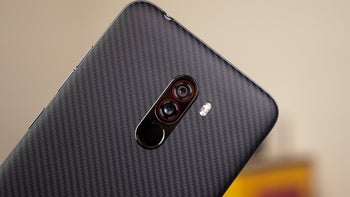Would you buy a plastic flagship again?

Have you noticed something different in Samsung's Galaxy line phones since 2015? Yes, that's precisely the year after Samsung's current design chief was promoted, and what followed was the demise of its plasticky flagships and midrangers. The Galaxy S6-S9, not to mention the newer A-series or J-line, have all come with more premium chassis materials like metal and glass, culminating into the "Infinity Display" concept. Virtually all Android phone makers have now followed suit, too.
It's not just premium design that phone companies are after with their glass-y casings, though. Wireless charging would heat metal bodies to ungodly heights, so, last year, Apple also moved to glass iPhones, just when it introduced wireless charging to the lineup.
Glass looks premium and lets you top up your phone sans cables but it has just as many negatives - it is prone to cracking very easily when dropped, and is a fingerprint magnet. Thus, replacing a shattered rear now costs a pretty penny and is, in the case of iPhones, more expensive to repair than the screen itself.
Looking around, there are only a couple of metal midrangers left and just one phone with flagship specs like Snapdragon 845 that comes with unassuming but durable plastic body - Xiaomi's Pocophone F1. This is why we wanted to ask if, a couple of years after their demise, you would buy a plastic flagship phone again.













Things that are NOT allowed: